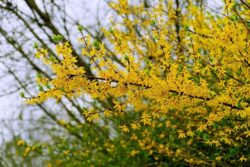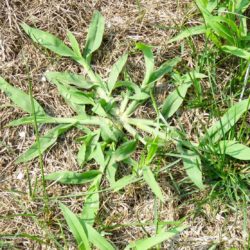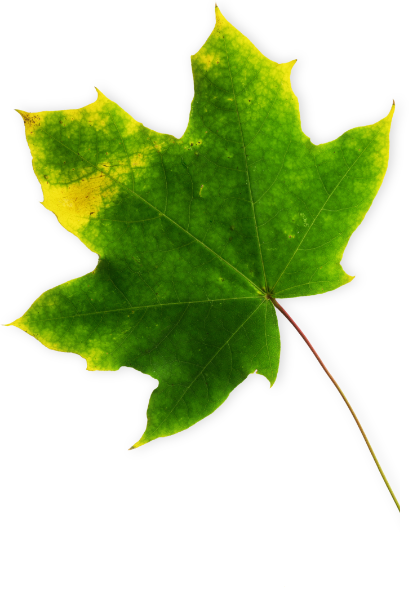With the weather starting to warm we are fielding several calls asking the common question, “When is the first round of fertilizer and crabgrass control going to be applied?” and, “Are we too late for it to be effective?” We watch this very closely and monitor many different factors to anticipate and predict proper timing.
Product Effectiveness
One of the things that we have to keep in mind when we are doing our first round of fertilizer with preemergent is that the products that we use typically will not last in the soil preventing germination for no more than 4 months. So if we apply too early we will run into a situation where the product will not be working during the tail end of the summer and we could get an outbreak of crabgrass in late summer. The other factor that gives a little leeway is the product that we switch to later in the application can be used as a post-emergent on crabgrass up to the first tiller. This means that if crabgrass is really small the herbicide will kill it.
Soil Temperature and Growing Degree Days
Two of the main resources that we use to help us with the timing of crabgrass preemergent are soil temperature and growing degree days.
- Soil Temperature: Research shows that crabgrass begins to germinate when the average daily soil temperatures reach 57 to 64 ⁰F large quantities of crabgrass will not start germinating until soil temperatures increase to 73 ⁰F or above. With that said although we had a few very warm days in the early spring the soil temperatures have stayed below the 57⁰ mark.
- Air Temperature Growing Degree Days: Research shows that we will need around 200 GDD to accumulate with a base of 50⁰F before crabgrass germinates. We reached 206 days last week, but this can be skewed due to the very warm days we had in April.
Taking both of these resources into consideration along with not wanting to put the product out too early we are hitting our timing just at the right time.
Plant Phenological Indicators
 Many are aware that Forsythia is traditionally considered a good indicator plant for crabgrass germination. Forsythia will be in full bloom prior to crabgrass germination and the flowers will wither near germination. Most think when forsythia blooms, crabgrass germinates, but this is false. Instead, Lawn Managers use forsythia as an indicator to hurry up and get their preemergent application made before crabgrass begins to germinate. Keep in mind that flowering plants are not always a consistent predictor of crabgrass germination but it does help us in predicting.
Many are aware that Forsythia is traditionally considered a good indicator plant for crabgrass germination. Forsythia will be in full bloom prior to crabgrass germination and the flowers will wither near germination. Most think when forsythia blooms, crabgrass germinates, but this is false. Instead, Lawn Managers use forsythia as an indicator to hurry up and get their preemergent application made before crabgrass begins to germinate. Keep in mind that flowering plants are not always a consistent predictor of crabgrass germination but it does help us in predicting.
Our lawn care technicians are out and getting things done timely! We should be done with our first round within the next 7 business days give or take. If you have not been serviced yet, we will be there soon and hope to have a great year!
If you’re interested in adding on our Plant Healthcare or Mosquito or Tick Control Programs, please give us a call today 781-297-3674.

